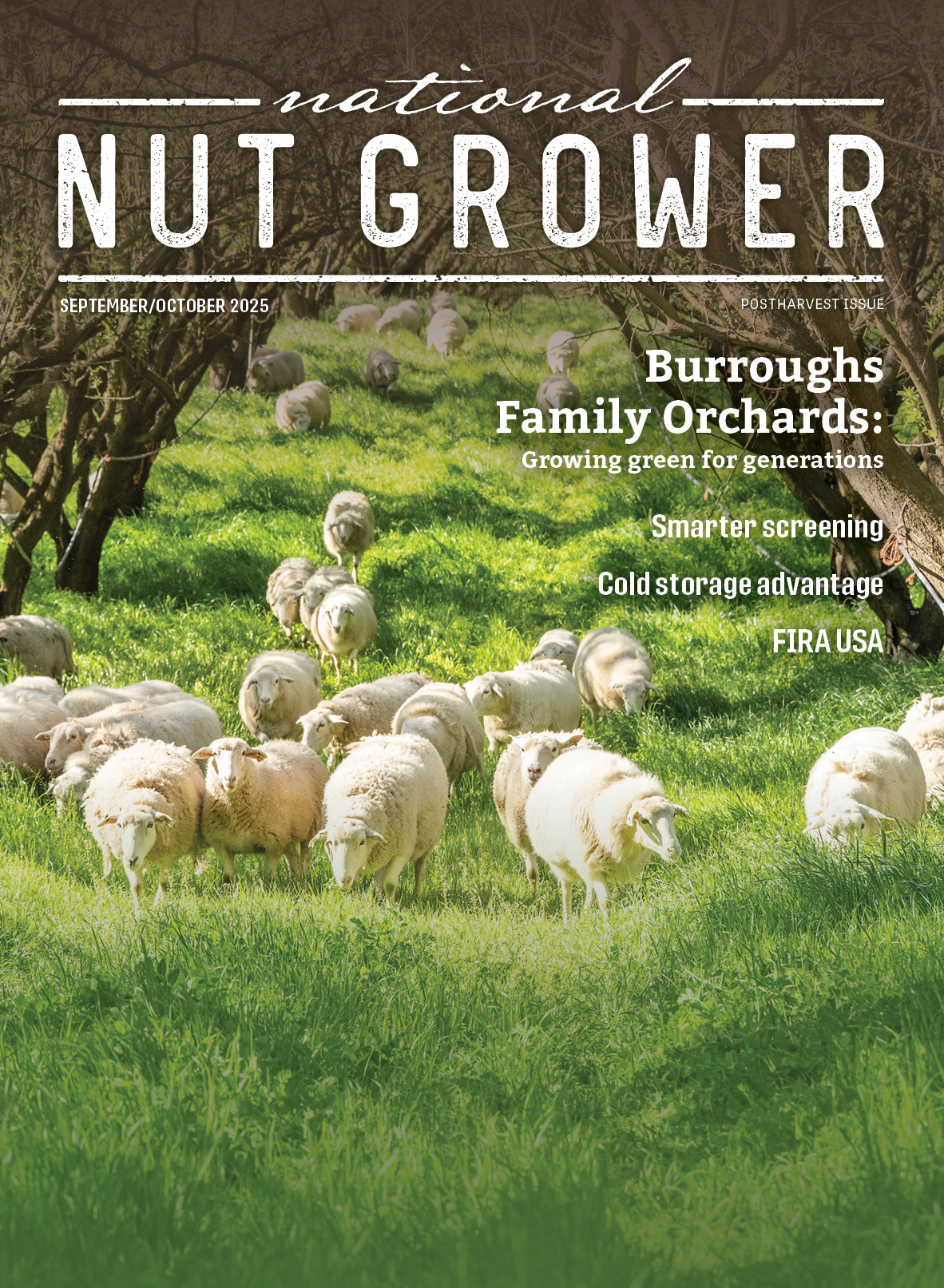
May/June 2025
Plummeting pollinator population
Protecting pollinators has been all the buzz in recent years, but in 2025 the issue goes far beyond a trending phrase. In April, Project Apis m. (named after the western honeybee Apis mellifera) released new survey data on pollinator loss, and the results sting.
According to the survey, beekeepers across the country have been experiencing large scale honeybee colony losses. With more than 1.956 million colonies surveyed — representing 72% of the nation’s bees — commercial operations reported a 62% loss of the bees from June 2024 to February 2025. Experts say it’s the largest recorded loss in U.S. history, and the cause remains unclear.
Coalition communication is key
Matthew Mulica, senior project director at Keystone Policy Center, leads the Honey Bee Health Coalition, a collaborative effort uniting beekeepers, researchers, government agencies, agribusiness and others to safeguard bee health and the stability of the nation’s food supply.
“These are big system issues. We’re talking about bee health decline and the intersection of agriculture and bee health. The only way to work on the issues is to get people in the room and build an understanding and work together on solutions,” Mulica said.
Founded in 2014, the Honey Bee Health Coalition comprises 50 organizations to pursue research-driven, cooperative solutions for maintaining pollinator populations in U.S. agriculture and the country’s diverse ecosystems. Project Apis m. is one of the coalition’s leading nonprofit research members, focusing on honeybee and native bee health.

When 62% of bees failed to emerge from overwintering in time for the critical almond pollination season, Project Apis m. moved quickly. According to Mulica, researchers from the organization began collecting data from some of the country’s largest beekeepers. Representatives from the USDA’s Agricultural Research Service (USDA ARS) soon followed, traveling to California to take samples from bees and hives to aid in the investigation.
Mulica noted that the losses could weaken colonies and spark ripple effects across grower operations. Almond crops are especially vulnerable, as they require more than two million colonies to ensure pollination each season.
Almond outlook uncertain
The USDA ARS 2025 California almond forecast reported slower than normal crop development in the San Joaquin Valley, attributed to low temperatures and fewer bee flight hours.
While warmer weather in March helped accelerate the crop’s progress, researchers say it’s too early to assess how the bee shortage will affect 2025’s final almond yield — especially since researchers have yet to identify the cause.
Cracking the colony loss code
Historically known threats are guiding the search for answers surrounding recent colony losses. Drawing on Project Apis m.’s data, researchers from USDA ARS and universities across the country are exploring other potential causes of the massive bee die-off.
“If the losses continue into next year, we could see more impacts, right? And so that’s why it’s really important that we find out why this happened,” Mulica said.
Currently, researchers are focused on four primary possibilities:
- Varroa mites carrying a new disease or a stronger version of a known disease
- Environmental stressors, such as weather patterns impacting colony health
- Management factors like queen replacement or supplemental winter nutrition
- Chemical exposures — either direct or indirect — to pesticides and their interactions with bee immunity
“Unfortunately, we’re still waiting for those answers. Several factors could be responsible,” Mulica said. “It’s most likely not just one thing, but many. And I want to be careful here, because without knowing the actual cause, I’m just conjecturing.
“In the meantime, we’re working closely with the Almond Board of California, the Almond Alliance and others. Since the almonds are still growing, it’s very difficult to know what the impact to yield will be.”
Proactive steps
Despite lingering uncertainty, farmers aren’t powerless. Almond growers and other producers can implement relatively simple practices that can have a positive impact on bee health and the strength of remaining colonies.
“We know that providing supplemental forage crops on the side of your field or in between rows can lead to stronger colonies and won’t impact the pollination services,” Mulica said. “Having a clean water source can have a positive impact as well.”
Along with providing fresh water access and supplemental food, environmental mindfulness can play a major role.
“Growers need to be really mindful when using pesticides, and it’s important to follow the label very closely. I would recommend growers not spray pesticides in the middle of the day when the bees are foraging. If you have to treat using an herbicide, insecticide or a fungicide, do it in the morning or the evening when the bees aren’t flying,” said Mulica.
The Honey Bee Health Coalition offers additional materials and information for almond grower pesticide applicators on how to protect bees.
“Our notion is that you can have it all,” Mulica said. “You can have healthy crops and healthy bees, but we have to work together to do it right.”









